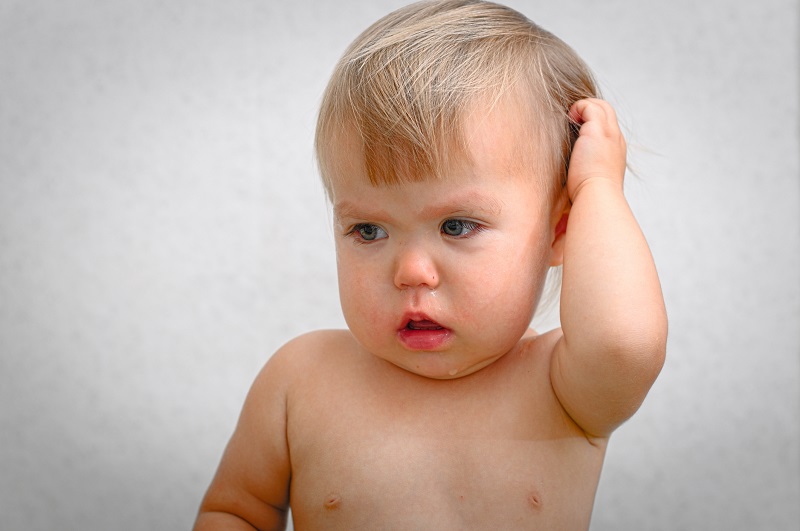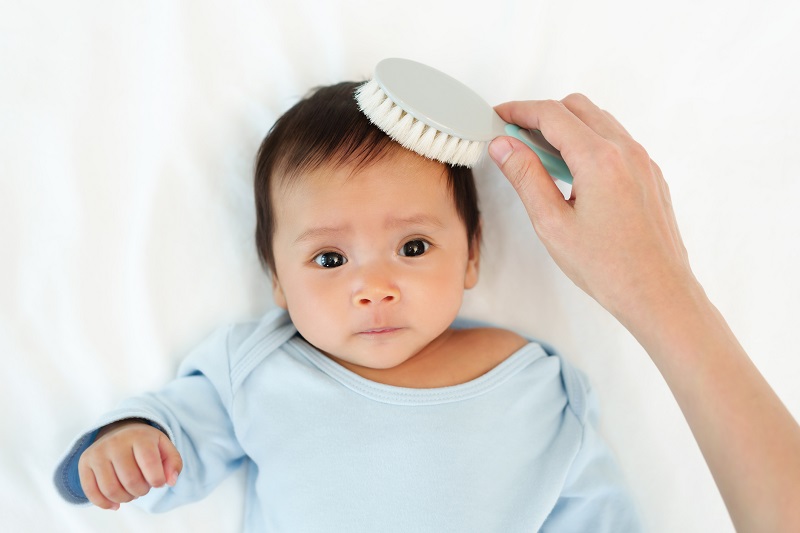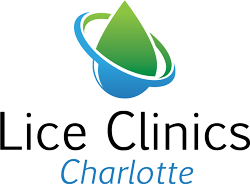What to Do if My Newborn Baby Has Lice: Natural Lice Treatment for Babies
As a parent, discovering head lice on your newborn can feel overwhelming. Babies are so delicate that treating them requires extra caution and care. Thankfully, there are safe and natural ways to handle this common issue.
Head lice are not a sign of poor hygiene, and even the cleanest babies can get them. They’re quite common, with millions of cases each year.
In this blog, we’ll explore effective lice treatment for babies, from natural remedies to professional help, and provide tips for prevention and management.
What Are Head Lice?
Head Lice are small parasitic insects that live on human scalps and feed on blood. They have three life stages: nits (eggs), nymphs (baby lice), and adults.
Nits are glued to the hair shaft close to the scalp, where warmth helps them hatch in about a week. Nymphs mature into adults within 7–10 days and begin laying more eggs, perpetuating the cycle. Adult lice can live for about a month but survive only 1–2 days off the scalp.
The most common way lice spread is through direct head-to-head contact, such as during cuddling or playtime. Although less likely, they can also spread through shared items like combs, hats, or bedding.
In the U.S., there are about 6–12 million lice infestations annually, primarily among children aged 3–11. Babies can catch lice from older siblings or other family members, making vigilance key to head lice prevention.
Symptoms of Lice in Babies

Detecting lice in babies can be tricky, as they can’t communicate discomfort. However, some signs can help parents spot the issue early:
- Scratching or Irritability: While not all babies feel itchy, scratching around the head may indicate lice.
- Visible nits close to the scalp: Nits are often mistaken for dandruff but don’t flake off when brushed.
- Red rashes or bite marks: These may appear on the scalp or neck where lice feed.
Safe and Natural Treatment Options
Treating lice in babies requires a gentle approach. Harsh chemicals found in lice shampoos can irritate a baby’s sensitive skin. Here are four natural lice treatment options:
1) Wet Combing Method
Wet combing is the gold standard for safe lice removal. It’s chemical-free, effective, and pediatrician-recommended.
Steps:
- Wash your baby’s hair with a mild shampoo and apply a generous amount of conditioner to immobilize lice.
- Use a professional nit comb to comb through sections of wet hair, starting from the scalp and working to the ends.
- Wipe the comb after each pass to remove trapped lice and nits.
- Repeat every 3–4 days for two weeks to break the lice life cycle.
2) Handpicking Nits
For very young infants or situations where combing might miss nits, handpicking is a precise alternative.
Steps:
- Sit in a well-lit area and use your fingers or tweezers to gently remove visible nits.
- Focus on areas close to the scalp, where nits are most commonly found.
- Repeat this process daily to ensure no nits remain.
3) Professional In-Home Lice Removal
Sometimes, parents need professional help for treating head lice in infants. At Lice Clinics Charlotte, we provide all-natural lice removal services.
Benefits:
- Trained technicians use gentle methods like wet combing for lice and manual nit removal.
- Professionals ensure thorough treatment, reducing stress for parents.
- This is especially helpful for families with multiple children affected by lice.
What Not to Do
When dealing with lice on a baby, there are a few things to avoid:
- Avoid chemical lice shampoos: These products often contain harsh pesticides that can irritate a baby’s sensitive skin. Additionally, many lice are resistant to these chemicals, making them less effective.
- Avoid untested essential oils: While some natural remedies claim to work, they are not always safe for infants. Always consult a healthcare provider before trying new treatments.
Preventing Lice in Babies
Prevention is the best strategy to keep lice at bay, especially if you have older children in the house. Here are some tips:
- Regular scalp checks: Inspect your baby’s hair weekly for signs of lice or nits.
- Avoid sharing personal items: Teach older siblings not to share combs, brushes, or hats with others.
- Educate older siblings: Remind them to avoid head-to-head contact with friends during playtime.
- Clean and sanitize: Wash brushes, bedding, and toys regularly, especially after a lice outbreak. For non-washable items, seal them in a plastic bag for two weeks to kill lice.
When to Seek Professional Help?

Sometimes, lice treatment for babies at home can feel overwhelming, especially for new parents juggling other responsibilities. You should consider professional assistance if:
- The infestation persists despite home treatment.
- Your baby’s scalp shows signs of irritation or infection.
- You’re unable to dedicate the time needed for daily nit removal.
At Lice Clinics Charlotte, we understand how stressful lice infestations can be. Our professional services are tailored to families, ensuring safe lice removal in the comfort of your home. We’ll guide you every step of the way, providing peace of mind for you and your baby.
Take Charge of Lice Treatment Today
Head lice can be a challenge, but they’re entirely manageable with the right approach. Choosing natural lice treatment methods ensures your baby’s safety and comfort while effectively addressing the problem. Regular scalp checks, safe practices, and professional help when needed can make all the difference.
If you’re struggling with lice treatment for babies, don’t hesitate to reach out to us at Lice Clinics Charlotte. We’re here to provide stress-free, all-natural solutions so you can focus on what matters most— caring for your little one.Contact us today to schedule an appointment, and let us help you tackle lice safely and effectively!
